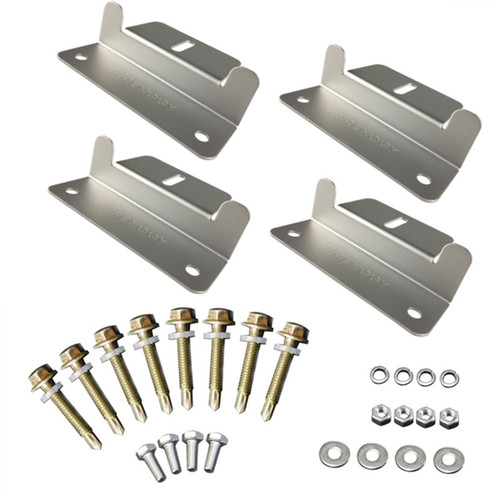-
What Type of Wire Is Used for Solar Panels?
For residential and commercial solar systems, installers use copper wires and aluminium wires. Copper is a better conductor than aluminium, enabling it to carry more current than the same-sized aluminium wire. For this reason, solar power installers may only use copper or only use aluminium, or in some cases, a combination of both electrical wires.
Aside from the type of wire, it’s also essential to select the right-sized wire so that your solar array functions correctly. Wires that are too small will not charge your battery bank as well. Also, if the amps rating of your wires is too low and your wires can’t handle your PV system’s currents, they could damage the solar panels or even catch fire. You want your wire amps to match or exceed the amps produced by your system to avoid these issues.
-
Do You Need Special Wires for Solar Panels?
While they may not be specific to only solar, you must use special wires for your solar PV system. As mentioned, these wires will be either copper or aluminium and need to handle the same level of amps your system produces.
Solar wires can come as either single or stranded wires. For most residential setups, a single wire, which has a protective insulating sheath, will be sufficient. Some larger commercial designs benefit more from stranded wires as they consist of multiple stranded conductors, allowing them to come in larger gauges than single wires.
Stranded wires will be more expensive, but we recommend them as PV wires for systems that encounter high winds or frequent vibrations. These wires allow greater flexibility without losing overall performance and offer higher conductivity since they contain multiple wires.
-
How Do You Connect a Solar Panel Wire?
There are three ways to connect solar panel wires, all of which offer certain benefits.
Series
Generally, smaller systems that have an MPPT Controller utilise series connections. An MPPT charge controller has an input of 100 volts and can usually charge batteries without any issues.
When you wire your solar panels in a series, you can take advantage of organising your panels over longer distances. Series wiring also creates a more efficient charge time as the energy passes through the system more directly. In a series setup, the voltage is additive, but the amperage remains the same.
Parallel
If you have a system with a PWM charge controller, you’ll want to consider wiring your panels in parallel. In parallel systems, the amperage is additive, but the voltage remains the same. Because the amperage is high, if you need it to travel longer distances, you’ll have to supplement the system with thicker wires, making it more costly. When you don’t have distance concerns, wiring your panels in parallel means if one panel fails for some reason, the others can continue to operate.
Series-Parallel
In some cases where the PV system is extensive, a combination of series and parallel wiring is necessary. By creating series and paralleling them together, the system stays within the required amperes and voltages.
-
How Many Wires Come Out of a Solar Panel?
Each standard solar panel has two wires: a positive and a negative. In a parallel system, you connect the positives with the positives, and vice versa, using a branch connector. In a series setup, you join a positive of one panel with a negative of another. And in a series-parallel design, you are connecting two positives with two negatives.






















